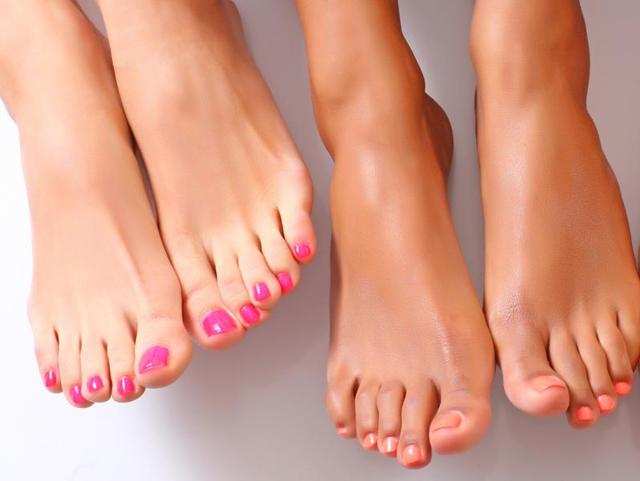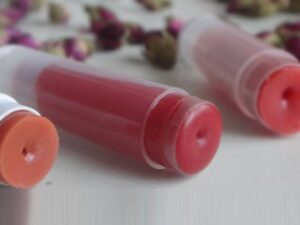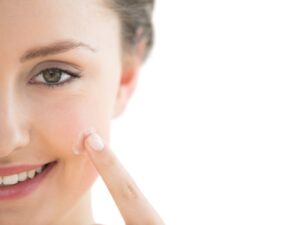In an era of “feetfies”, having clean and beautiful feet is an attainable goal. Here’s what your dermatologist and podiatrist would want you to know..
Our feet carry the load of our bodies over thousands of miles in a lifetime. There are legends of men falling in love with a woman’s feet before glancing upon her face. Yet, they happen to be the most neglected part of our anatomy. This article lists some of the most common skin ailments of the feet, and how to select the right footwear and foot care products.
1) Athlete’s Foot & Toe Nail Fungus – Athlete’s foot is a fungal disease of the feet and toe gaps. It festers in individuals who spend long hours in covered footwear, especially if they are sporty. Poor personal hygiene and sweaty feet adds to the problem. Athlete’s foot can manifest in various forms – ring-shaped red itchy and scaly rashes. Or superficial peeling of the skin on one or both soles which itches or smells bad. Sometimes it shows up as moist white macerated skin in between the toes. Diabetics are highly vulnerable to fungal infections of the feet. Athlete’s foot is contagious, and if left untreated, it can spread to the toenails as well. Fungal infections can cause toe nail discoloration, thickening, crumbling and disfiguration.
Keep your feet clean and dry, use open footwear during travel, wear cotton socks and wash them after each use, keep your blood sugar levels in check, and use foot deodorants & anti-fungal dusting powder to minimize recurrences. If you have a rash between your toes, then use a toe separator or plain cotton wool to separate them. Meet a dermatologist. This condition is easily curable. Avoid swimming and pedicures until then.
2) Shoes Bites – When it comes to footwear, most women do not choose comfort over fashion. This can prove to be foolish if you’re on a trek or spend a lot of time on your feet. Flip-flop sandals with thick soles are ideal in the tropics or on the beach. Never walk bare feet on beaches or around public shower areas. When using covered shoes, pad your shoes with soft cotton wool if required, especially near the toes. If you end up with painful shoe bites at the end of the day, do NOT pop a blister or paste a Band-aid over it. This will make it worse. Wait for the blister to flatten or break on its own. Bacteria can fester on raw open skin. So soak your feet in iced water (add a few drops of Savlon), and apply an antibiotic cream or powder (say Fucidin cream or Neosporin powder) on your wounds. These are easily available at the pharmacy, even without a doctor’s prescription.
3) Corns and Calluses – Corns are round painful hardened areas of skin on the soles of the feet. They are generally found on weight and pressure bearing areas of the feet, like the ball of the great toe, or the heels. In women who wear narrow tapered closed footwear, they may be found in between the toes as well. These are more common in people with flat feet, especially if they spend long hours on their feet in uncomfortable footwear. Soak your feet in warm water, and then get your corns shaved or scrubbed down with a pedicure brush. Use foot creams on a regular basis. Visit a dermatologist for treatment. Avoid surgical excision of corns. And find comfortable thick-soled footwear with custom-made insoles to avoid a repeat episode.
4) Cracked feet – This generally happens in dry ageing feet which have lost moisture, elasticity and suppleness. Sometimes the cuts could be deep enough to hurt or bleed. Deep fissures on the soles become an entry point for infections like fungi, bacteria and viral warts. Warm soaks followed by foot scrubs using a pedicure brush or an electronic foot file is helpful. Use a urea and glycolic acid based foot cream every night. Paraffin wraps at the salon can help soften the skin of your feet. You can also use foot therapy masks. The Luxaderme peeling & exfoliating foot mask comes in the form of serum filled socks containing urea, AHAs, BHAs and botanical extracts which peel of thick dead skin while cleansing and hydrating your feet. Cracked feet which are particularly stubborn and do not get better with pedicures etc, might be a sign of skin disease like dermatitis or psoriasis.
5) Plantar Warts – are often mistaken for corns. The symptoms are similar and so is the treatment. However, corns are a mechanical disorder while warts are a contagious viral infection. It is generally acquired by walking bare footed on wet public surfaces like the gym showers and swimming pools. Unlike corns, warts tend to bleed when they are shaved down. If left untreated, they grow deeper, more painful or can multiply in number. Treatment options include acid melting, liquid nitrogen cryofreezing or laser vaporization.
6) Foot Odour – Also known as ‘bromhidrosis’, this could be aggravated by excessive sweating, poor hygiene, high environmental humidity, stress, aromatic foods in your diet (garlic, onions etc), hormonal changes ( for eg, during puberty) or bacterial and fungal infections. Consult a dermatologist for advice on proper hygiene and use of medical grade antiperspirants and anti-fungal dusting powders. Your dermatologist can also rule out infections or medical conditions which could be causing that funky stink. Discuss medical options like Botox injections, Iontophoresis or laser treatments which can reduce perspiration. Do-it-yourself tips include bathing twice a day, regular foot scrubs with pumice stone, changing shoes and socks frequently, using foot deodorants, and wearing light-weight cotton socks that allow your feet to breathe.
7) Ingrown toe nail – This is most common on the great toe nail. This happens when the edge of the nail plate grows into the skin of the toe causing pain and inflammation. Do not cut toe nails in a curve. Repeated trauma from ill-fitting footwear or kicking (soccer players, for instance) can further aggravate the condition. Hot soaks and nail lifting is helpful. Antibiotics might be needed in case of secondary infection. For severe or recurrent cases, surgical treatment can provide permanent relief.
8) Selecting the right shoe – Take a tracing of your feet. This will help you identify any asymmetries in the size of your feet. There may be asymmetries in the size of your ankles and the calcaneus (back of the heel) as well, which affects your foot comfort. Identify these differences, and if you are having a hard time with this, then get your feet professionally measured. Buy your shoes at the end of the day when your feet tend to expand a little. Have your socks on if you’re purchasing closed footwear. Stand, wiggle your toes, and then walk around in your new shoes to get a feel of it. Your new shoes should neither pinch nor slip off. Pay attention to the width of your shoes as well. Check for sharp edges, seams or stone work that could cut or irritate your skin. Check if you need to purchase silicone-based insoles for extra support and cushioning. Don’t try to “break them in”. Your shoes will break your feet before you break them! If you suffer from corns, bunions and/or pressure ulcers, then consult a podiatrist or physiotherapist on the most suitable footwear material and designs for you. Custom made podiatric shoes are generally made of microcellular rubber (MCR) and feature cushioning soles with air pockets and orthotic insoles.
9) Selecting the right foot care products – So I am assuming you already own a nail cutter and nail file! Invest in a good foot cream that contains urea and glycolic acid. They brighten and exfoliate the tanned and thickened skin of your feet. They heel cracked feet, and prevent the build up of calluses and fungi. Once a week, soak your feet in warm water and salts for 15 minutes. Then use a pumice stone or a good pedicure brush to exfoliate dead skin. Do not cut your toe nails too short, and give them a square cut to avoid ingrown nails. Buy a good pair of silicone insoles from your shoe store, preferably a deodorizing one. Tea tree oil or Ketaconazole containing soaps can keep your feet stink-free. Use foot deodorants and avoid fabric shoes if you suffer from foot odour. Always use socks if you are wearing covered shoes, use antifungal foot powders and change your socks twice a day – this helps keep odour at bay. Consult your podiatrist on the right corn caps, toe separators, heel cups or bunion correctors for your feet.
10) Diabetic Foot Screening – Do you suffer from Diabetes or any other ailment that affects the circulation and pain sensation of your feet? Proper foot care can prove to be life saving for you. Do a daily foot examination. Any of the above mentioned skin ailments could lead to ulceration if left unnoticed and unattended. Attend patient information classes and lectures by podiatrists and diabetologists to educate yourself on how to avoid, or care for diabetic foot.




